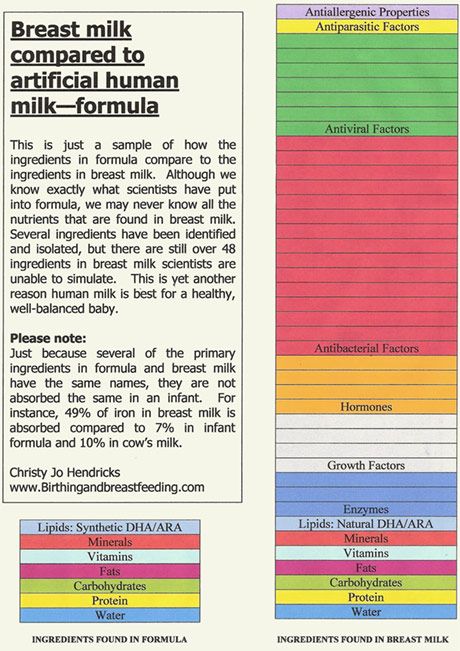Is it okay to mix breast milk and formula
Can You Mix Breast Milk and Formula?
The breast laid plans of moms and babes oft go awry — so if you set out to exclusively breastfeed, don’t feel guilty if you wake up one morning (or at 3 a.m.), and decide you need to reset your standards.
Breastfeeding can be immensely rewarding and incredibly challenging. It can be a source of great joy and a cause of literal pain.
We all want the best for our babies, and while we’ve been reminded time and time again that breast is best, formula can be a blessing and a game changer.
The good news for weary parents is that you can have it both ways. It’s possible to successfully feed your baby breast milk and formula.
You can find compromise, provide your baby with the nutrition they need, and maybe even catch a break. Here’s what you need to know.
There’s no denying that the benefits of breast milk are plentiful. A mother’s milk evolves to meet baby’s changing nutritional needs, offers antibodies that protect from infection, and may even reduce the risk of sudden infant death syndrome.
What’s more, breastfeeding is good for a new parent, too. It can speed up the recovery process, help fight postpartum depression, and reduce the risk of certain cancers.
While the American Academy of Pediatrics and World Health Organization both recommend exclusively breastfeeding for the first 6 months of a child’s life, parents know that this isn’t always possible or practical.
This uncompromising expectation can eventually lead to breastfeeding burnout and cause moms to prematurely quit.
In fact, one small study has shown that using early limited formula in combination with breastfeeding for newborns who were losing weight while still in the hospital had no negative impacts on breastfeeding and actually reduced rates of hospital readmission.
So yes, exclusive breastfeeding is the ideal — but if your reality suggests that it isn’t possible, formula boasts the vitamins, minerals, carbohydrates, fats, and protein an infant requires to survive and thrive.
Formula can offer an option that meets nutritional needs while also allowing for breastfeeding parents to address and adapt to their own needs.
When it comes to breastfeeding, it doesn’t have to be an all-or-nothing experience.
If you’re feeling overwhelmed, over-tapped, or just plain over it, consider supplementing with formula in order to continue your breastfeeding journey.
While breastfeeding is definitely encouraged as much as possible, remember that some breastfeeding is better than none, and you can find a middle ground that works for you and your family.
Combination feeding is using breast milk for some feeds and formula for others. It still affords you and your baby the amazing health benefits of breastfeeding, but offers an alternative when medical or life circumstances make exclusive breastfeeding not possible.
It’s a good idea to research or work with a medical provider or lactation consultant before beginning to add formula to your baby’s diet. They can help you determine how much formula to provide at each feeding, or in a 24-hour period.
They can help you determine how much formula to provide at each feeding, or in a 24-hour period.
Formula takes more work and time for little tummies to digest, so they often need less than you’d expect.
Gradually adjusting your breastfeeding sessions as you begin adding formula to your feeding plans will help you and your little one more readily make the transition from exclusively breastfeeding to combo feeding.
You aren’t producing enough milk
If you’re struggling to produce enough milk to satisfy your adorable, but insatiably hungry infant, you may be able to naturally boost your supply by hydrating, eating well, and pumping regularly.
However, sometimes — despite a mom’s best efforts — her production can’t match her baby’s demands. Hormonal changes, previous breast surgery, some medications, and even age can contribute to supply issues.
You’re a mom of multiples
A milk supply shortage can also impact moms of twins or multiples. Keeping up with the demands of two or more babies can leave you feeling depleted and sucked dry — even if your little ones remain ravenous.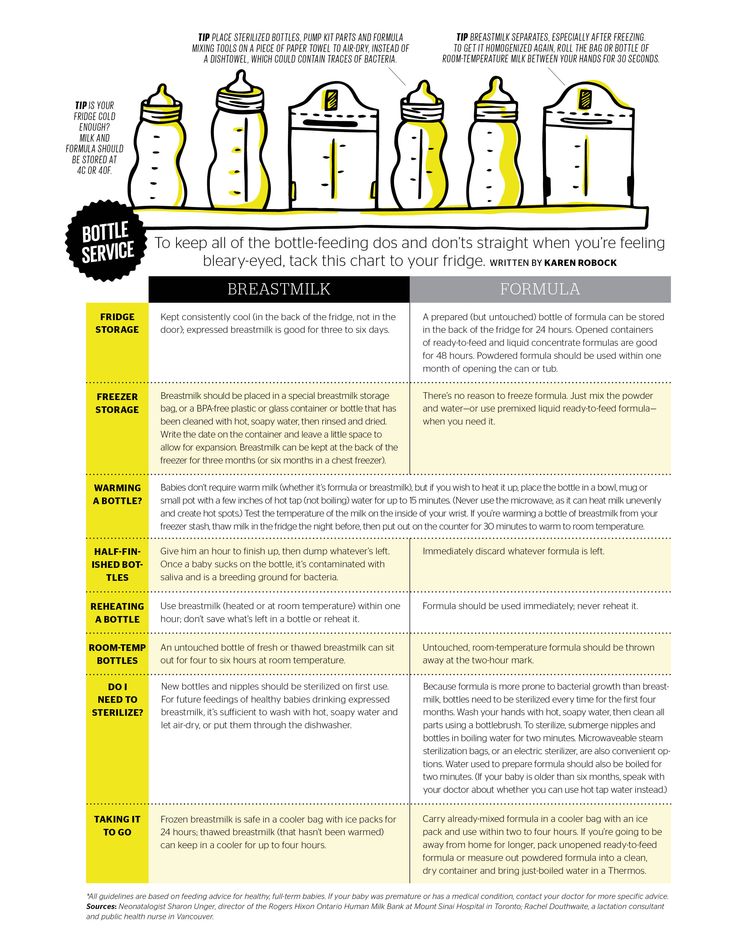
Combination feeding might be the solution you’re looking for. Whatever routine you establish, give it time — you and your twins will adjust.
You need more sleep (and a break)
New parents are heroes. But you know what else is heroic? Asking for help.
Having a partner feed your wee one a bottle of formula can give you the solid chunk of Zzz’s you so desperately need.
If you’re unable to get help during the nighttime hours, consider giving your baby a small amount of formula before bed — it might keep their tummy satisfied for longer.
You’re going back to work
If you can’t or don’t want to juggle your job and your pump parts, consider combination feeding. For example, you can breastfeed in the morning and in the evenings, and have a caregiver provide formula in the hours in between.
It will take time for your supply to adjust to this change, so don’t go cold turkey on your breast pump during the day. Also, be mindful that your baby might experience a reverse cycle and want to nurse more often when you are at home.
If you’re wondering if you can mix breast milk and formula in the same bottle, the answer is yes!
It’s important to adhere to some safety guidelines when doing this though.
First, prepare your formula
If you’re using powdered or concentrated formula, you will first need to prepare it per the instructions, making sure to add the correct amount of distilled or safe drinking water.
Once you’ve properly mixed the formula and water, you can add your breast milk.
Note that you should never use breast milk in place of water during formula prep. Maintaining the right ratio of water-to-formula and then adding breast milk separately ensures you won’t change the nutritional content of the formula.
Adding excessive water to formula can dilute nutrients, while adding insufficient water can put strain on a baby’s kidneys and digestive tract, causing dehydration. In extreme cases, this can also lead to neurological problems.
If you’re using ready-to-drink liquid formula, no extra steps need to be taken before combining it with your breast milk.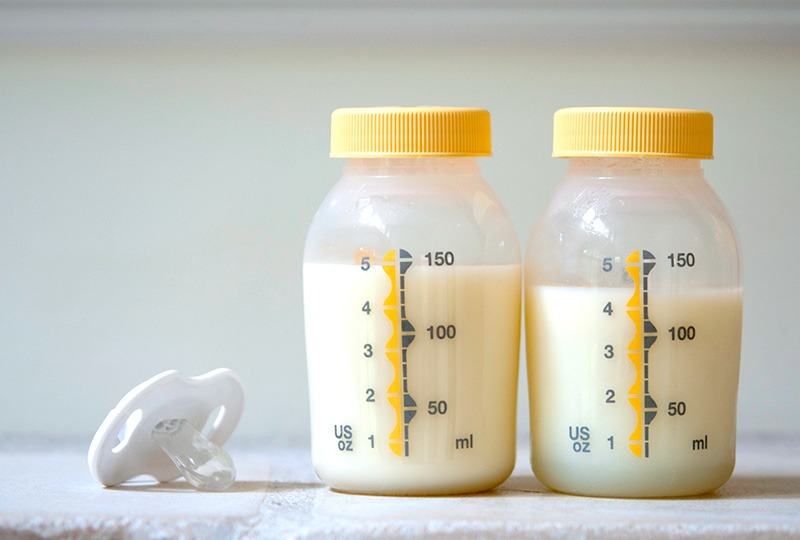
Ensure safe storage and disposal of breast milk and formula
There are different rules for the storage, use, and disposal of breast milk and formula.
Breast milk can be frozen in a food-grade plastic container for 6 months. Once thawed, it can stay in the refrigerator for 24 hours.
Freshly pumped breast milk can be kept in the back of the refrigerator for up to 5 days or in an insulated cooler for up to 24 hours.
An opened container of liquid formula should be refrigerated and used within 48 hours. If you have premade formula bottles, however, they should be used within 1 day. Likewise, a refrigerated bottle of formula mixed with breast milk should be used or discarded within 24 hours.
While a bottle of room temperature breast milk is good for up to 5 hours, a bottle of formula or breast milk mixed with formula should be discarded after 1 hour from the start of use.
Bacteria reproduce quickly in anything cow-milk-based, so don’t try to save a partially used formula or formula-and-breast milk bottle in the refrigerator beyond that 60-minute mark.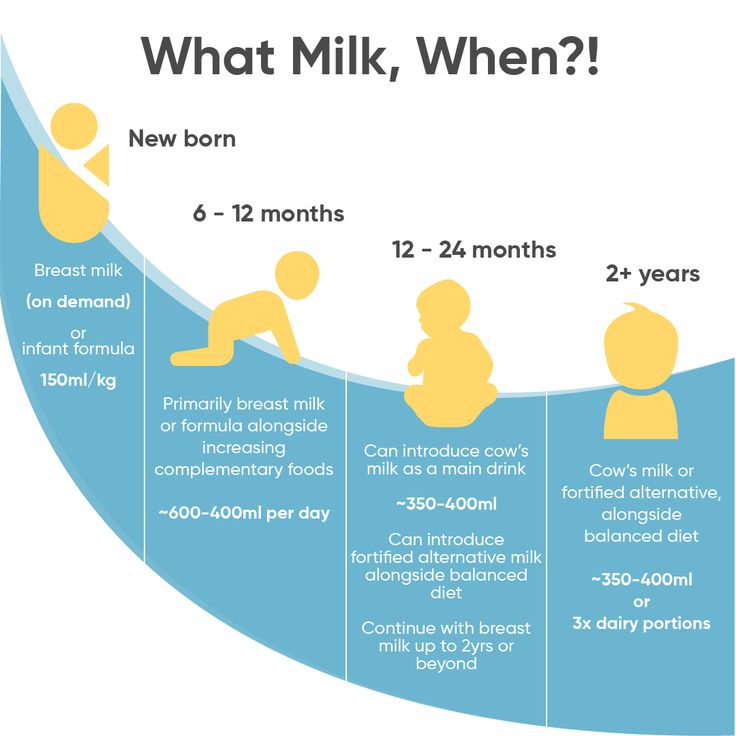
What are the benefits?
Mixing breast milk and formula in the same bottle can make feeding time more convenient.
There are other advantages to this method of combination feeding, too:
- Baby may adjust to the taste quicker. If your finicky little love is used to your breast milk, they might initially turn their teeny nose up at the taste of formula. Mixing the two together may get them used to this unfamiliar flavor more readily.
- Baby may sleep for longer stretches. It takes more time for a baby’s body to process formula, so they might be able to go longer stretches of time in between feeds if you’re using both breast milk and formula together.
What are the risks?
There are some potential downsides — and even a few risks — to mixing breast milk and formula together in one bottle. Be aware of the consequences so you can make an informed decision.
You could be wasting breast milk
Many might cringe at the idea of mixing breast milk and formula in the same bottle, worried that some of that hard-earned precious “liquid gold” could go to waste.
No mama wants to see the fruits of her pumping labor go down the drain — so if your baby generally doesn’t finish their bottle, consider giving them breast milk first, and then offering a separate bottle of formula afterward if they still seem hungry.
Your supply may diminish
Adding formula to your routine — whether you’re supplementing with straight formula or mixing formula and breast milk together in a bottle — can cause a reduction in your milk supply.
Supplementing gradually can help ensure you maintain an adequate supply.
Potential health risks
As previously mentioned, it’s important to properly prepare your formula, per the instructions.
Breast milk shouldn’t be used as a substitute for water when making bottles with powdered or concentrated formula. Neglecting to use the right amount of water could be hazardous to your baby’s health.
Furthermore, breast milk mixed with formula has a significantly shorter shelf life than breast milk alone.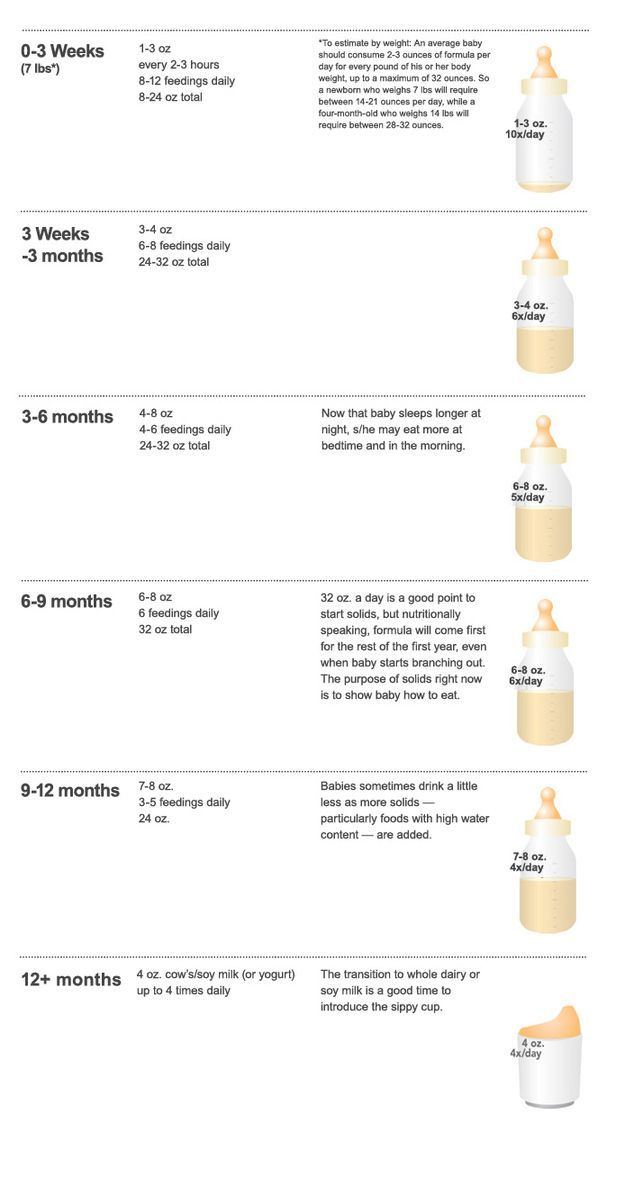 A bottle containing both together must be discarded within an hour of initial use.
A bottle containing both together must be discarded within an hour of initial use.
Breast milk and formula don’t have to be mutually exclusive. Babies can thrive on breast milk, formula, or a combination of both.
Keep them separate, mix them together, nurse, pump, and find what works for you and your baby.
Just keep some key safety precautions top of mind when preparing bottles and you’ll figure it out in no time. You’ve got this!
Can you mix breast milk and formula?
Breastfeeding and formula feeding aren't mutually exclusive. Many parents use both breast milk and formula to make sure their baby gets the nourishment they need to thrive.
The American Academy of Pediatrics (AAP) recommends exclusive breastfeeding for six months, meaning giving no other foods or liquids except breast milk. The AAP also recommends continued breastfeeding until 2 years old or beyond if both mother and baby want to.
But this isn't possible for all families. In the United States, just 25 percent of babies are breastfed exclusively through 6 months old. A large number of babies (58 percent) are breastfeeding non-exclusively at 6 months old, and about 35 percent are still breastfeeding at 1 year old.
A large number of babies (58 percent) are breastfeeding non-exclusively at 6 months old, and about 35 percent are still breastfeeding at 1 year old.
Many breastfeeding parents use formula to supplement their little one's feedings, perhaps adding a bottle of formula overnight so their partner can do a late-night feeding or using formula to fill in the gaps when they're unable to pump enough to send to daycare. Reasons for supplementing with formula include low milk supply and other breastfeeding challenges. Or, your baby's doctor may recommended it if your baby isn't gaining enough weight.
Tips for mixing breast milk and formula
If you're feeding your baby breast milk and formula (combination feeding), here are some tips to help you do it safely:
- Talk to your baby's doctor about your plans for combination feeding so they can advise you on adding formula to your baby's diet, and on how much formula they'll need.
- It's a good idea to make sure that breastfeeding is going smoothly before adding formula and bottles to the mix.
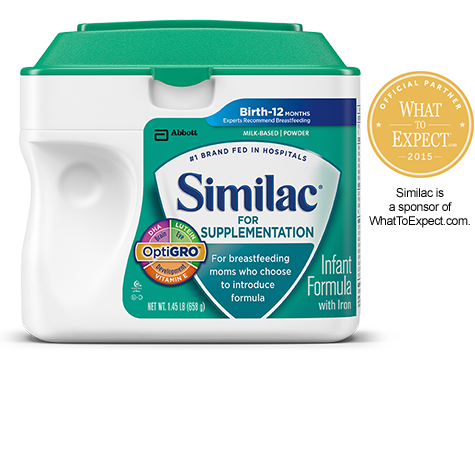 If possible, wait until your baby is three or four weeks old before giving them a bottle.
If possible, wait until your baby is three or four weeks old before giving them a bottle. - Try a supplemental nursing system, or SNS, for very young babies. This may be an option if your doctor is concerned about your baby's weight gain and suggests combining formula and breast milk before 3 or 4 weeks. This supplemental system allows parents to offer pumped breast milk or formula through a micro-tube at the breast.
- You may want to nurse your baby, then offer them formula an hour or two later. This is the best way to protect your milk supply, since breastfeeding supply depends on demand. The more your baby nurses or you pump, the more milk your body will produce.
- Start cutting back on breastfeeding sessions and giving formula gradually, if you can. This will help you avoid issues like a sudden drop in milk supply, engorgement, clogged milk ducts, and mastitis.
- Practice paced bottle feeding. This method of feeding allows your baby to control how much and how quickly they eat.
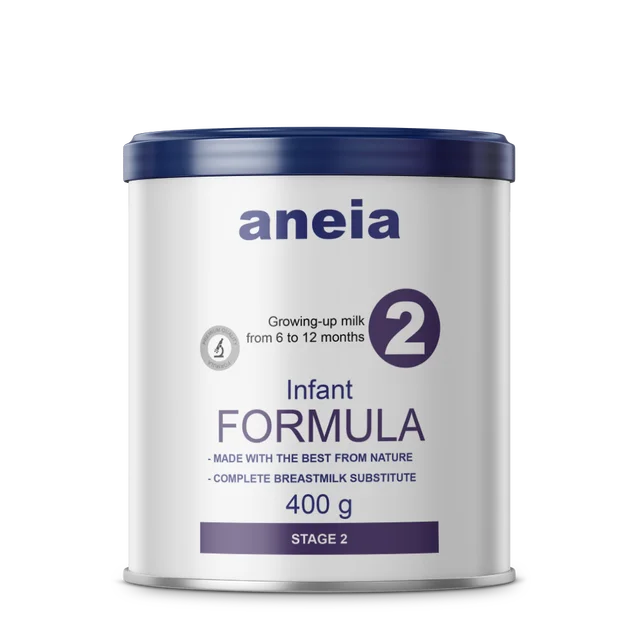 You'll hold your baby more upright and take regular breaks every 20 to 30 seconds to burp them and see if they're satisfied. Paced feeding is more similar to breastfeeding, and may help you switch back and forth more easily between nursing and giving formula.
You'll hold your baby more upright and take regular breaks every 20 to 30 seconds to burp them and see if they're satisfied. Paced feeding is more similar to breastfeeding, and may help you switch back and forth more easily between nursing and giving formula.
Can you mix breast milk and formula in the same bottle?
It's not ideal to mix breast milk and formula in the same bottle. Since you'll need to toss any unfinished bottles, your breast milk could go to waste when combined with formula. Ideally, parents will breastfeed first, then offer a bottle of any available pumped milk, and then supplement with formula as necessary.
However, there are times when it might make sense to mix both breast milk and formula in the same bottle – for instance if you're trying to help your baby get used to the taste of formula. If this is the case, begin by preparing the formula according to the directions on the package. Then, you can mix the prepared formula with breast milk in the bottle.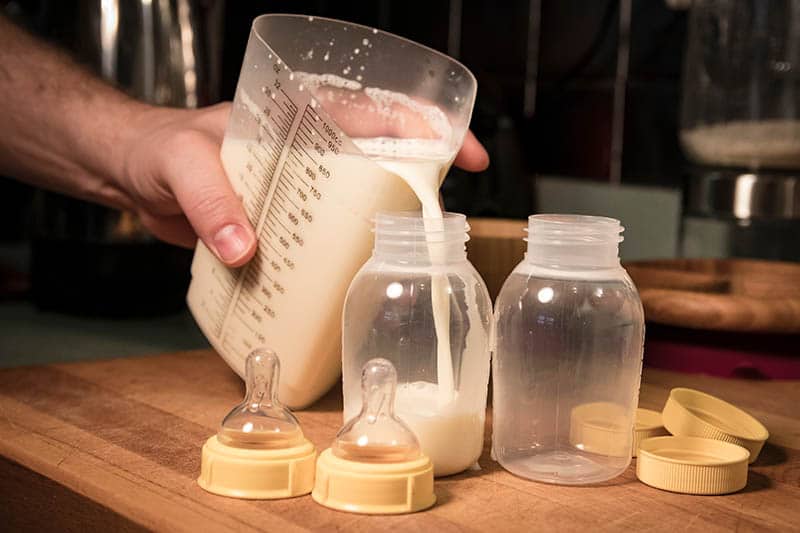
What about fortifying breast milk with formula?
Never add formula powder to breast milk, or use breast milk instead of water to make formula. The most common types of formula (powdered and liquid concentrate) must be mixed with water according to the manufacturer's directions in order to be safe for your little one.
Breast milk has all the nutrients your baby needs, and so does formula. There's no need to "fortify" breast milk by adding formula powder to it. And while it might seem beneficial to use breast milk in place of water when making formula, this practice can be dangerous for your baby.
Always prepare formula exactly as directed on the packaging. Both over-diluting or under-diluting it poses health risks to your baby.
advertisement | page continues below
Is it possible to mix breast milk with formula, cereals and other foods?
— Olesya Vladimirovna, tell us what is mixed feeding? What are the main pros and cons of this type of nutrition for digestion and child development?
— We can talk about mixed feeding if the baby receives both breast milk and adapted milk formula.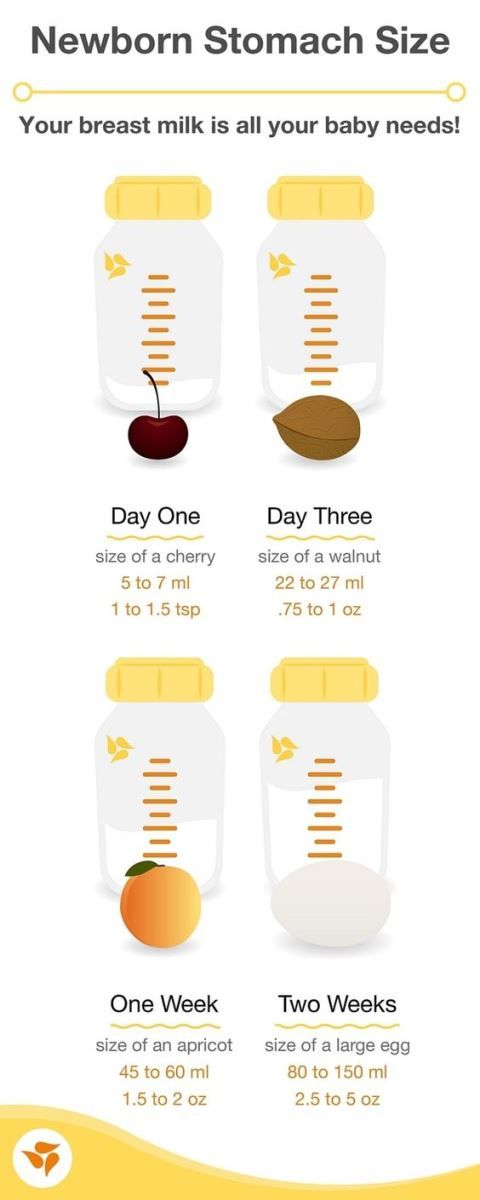 Most often, the need for this type of nutrition is due to poor weight gain of the baby with a lack of mother's milk. Also, supplementary feeding in the form of a mixture may be relevant during the hospitalization of the mother, her forced departure or going to work.
Most often, the need for this type of nutrition is due to poor weight gain of the baby with a lack of mother's milk. Also, supplementary feeding in the form of a mixture may be relevant during the hospitalization of the mother, her forced departure or going to work.
Pediatricians distinguish two types of such nutrition: alternate and sequential.
With alternating, as its name already implies, in one feeding the baby receives mother's breast, and in another or even several subsequent ones - a mixture.
In the sequential version, the baby suckles until it is completely empty, and if he shows anxiety because he has not eaten, then he is supplemented with formula.
Let's talk about the benefits of this diet:
- First, with mother's milk, the child receives immunoglobulins , that is, protection against infection.
- Secondly, the mixture provides saturation, weight gain and supply of the body with vitamins and microelements.
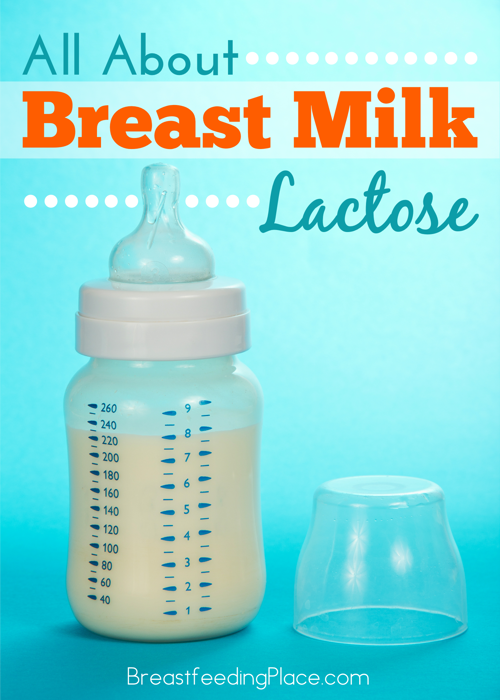 Many blends are rich in L-carnitine , a weight-gaining compound.
Many blends are rich in L-carnitine , a weight-gaining compound. - Mixed feeding maintains close contact between mother and baby through attachment to the breast, which is important for the comfort of the baby.
But the disadvantages are inevitable:
- Formula milk may, although not always, increase the risk of constipation.
- It is often difficult to find a mixture that the child will eat with pleasure.
- And, finally, financial expenses. A good mixture imposes certain costs on the family.
- Let's talk about blending. Can I mix different portions of breast milk? And if so, how to do it right?
— Each portion of breast milk, even if it is small, should be stored in a separate sterile container in the refrigerator for no more than a day or frozen - always labeled - for six months.
— Can expressed milk that has been stored for some time be mixed with fresh milk?
- Such an option is theoretically possible, but I don't see the expediency in it.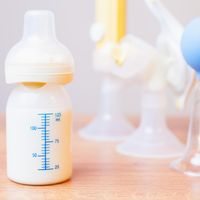 Why express fresh milk and mix it with "old" milk? In this case, it is better to breastfeed the baby, and then supplement the previously expressed product.
Why express fresh milk and mix it with "old" milk? In this case, it is better to breastfeed the baby, and then supplement the previously expressed product.
- Can formula be mixed with breast milk? Do these mixtures need to be diluted with water? Can it be diluted partly with water and partly with milk? And if so, how to do it right?
— To be honest, I don't understand why you mix breast milk with formula. If the mother has some milk, then you need to breastfeed the baby, and then supplement it with a mixture. Mixing formula and milk in one bottle is completely impractical.
- Is it possible to mix cereals with breast milk?
- But you can breed porridge with breast milk. If there is excess milk that the mother can express after feeding, then it is permissible to add it to instant (not requiring cooking) cereals. The familiar taste can make it easier for your baby to introduce a new food.
— Is there a difference between breastfeeding a baby with supplemental formula and breastfeeding with formula all at once?
- I'm still against diluting formula with breast milk: I just don't see the point in it.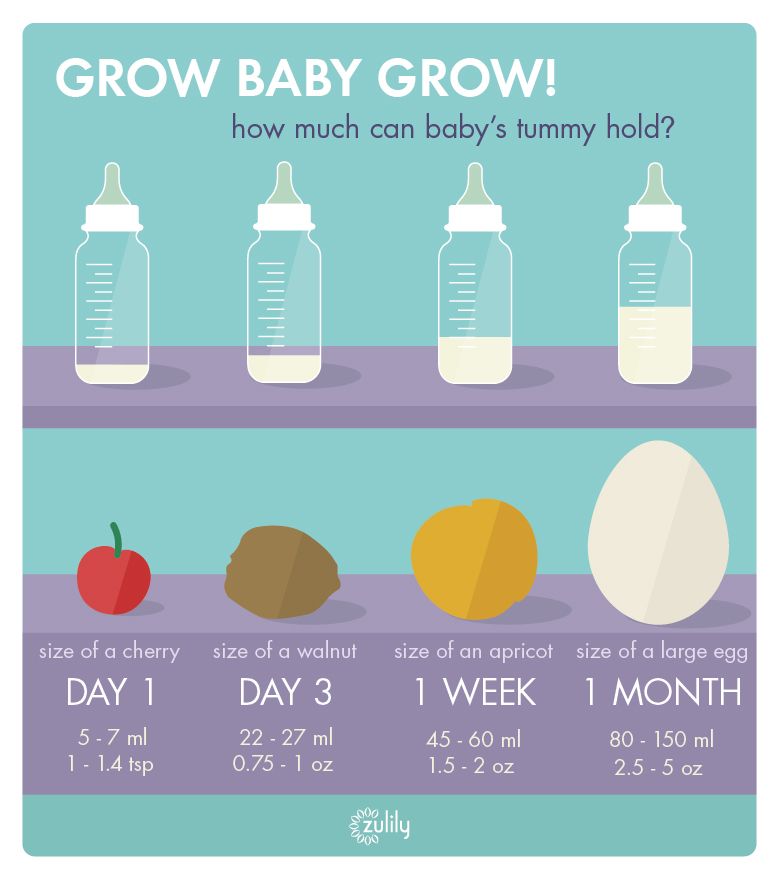 If there is 30 ml of milk, you can feed it to the child, and then supplement it with a good adapted milk formula.
If there is 30 ml of milk, you can feed it to the child, and then supplement it with a good adapted milk formula.
- Breast milk porridge - why do questions arise about its preparation?
— Why do such questions arise? Because some mothers have excess milk, they express it and understand that this is a valuable and important product. So, they want to use it for breeding cereals. In fact, the composition of instant cereals has already been adapted to the needs of the child, and mother's milk in this case can only add the usual taste.
— Can cooking porridge with breast milk make it easier to introduce complementary foods?
— What kind of porridge are we talking about? If about instant, that is, bred, then this is already a full-fledged and rich in vitamins and microelements food. You can add some breast milk to it for taste. If the mother decides to cook porridge from crushed cereals and she has expressed breast milk, then it will fit, of course, much better than cow's.
— How to cook porridge with breast milk?
- Just like on cow's - pour the cereal with milk and simmer over low heat until cooked. But this destroys part of the nutrients of breast milk. Therefore, you can boil the porridge in water, cool it a little and then add warm breast milk.
— At what age can a child be fed cereals with breast milk?
- We introduce porridge as a second food after hypoallergenic vegetables have settled in the child's diet - unless your pediatrician recommends otherwise. Pediatricians advise giving milk porridge to children, which are diluted with water, and dairy-free porridge can be mixed with breast milk if the mother has the opportunity to express after feeding.
- Can MAMAKO ® Premium goat milk formula be mixed with breast milk for mixed feeding?
- MAMAKO ® Premium formula contains goat's milk, which is better digested and absorbed by the child's body than cow's, which is the basis of many children's products.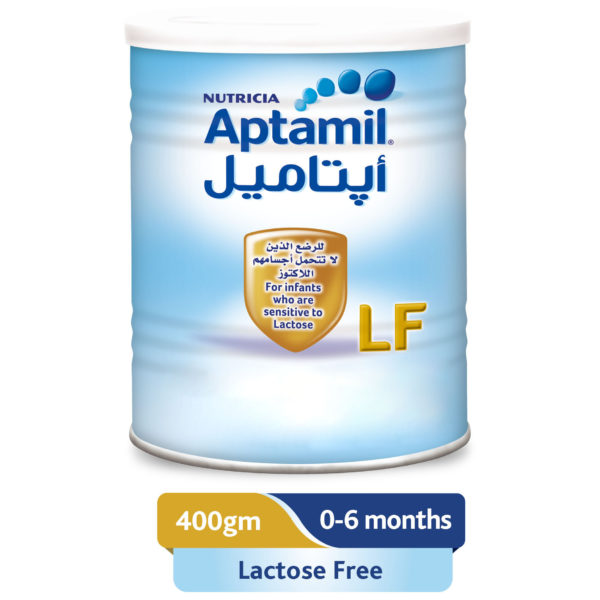 In addition, the mixtures contain additional useful inclusions:
In addition, the mixtures contain additional useful inclusions:
- Pre- and probiotics for the restoration and normalization of intestinal microflora,
- Immune Nucleotides,
- Lutein for vision.
Another advantage of this diet is the absence of palm oil, which has been replaced by palmitic acid from milk fat. This helps to prevent constipation, colic and regurgitation.
Summarizing all of the above, I want to highlight the main thing again: of course, you can mix different portions of breast milk, but only before feeding the baby. Again, it is possible to use mother's milk for making baby cereals, given a number of simple recommendations, but I see no reason to dilute the mixture with breast milk and do not recommend this to young mothers.
Can breastmilk and formula be mixed?
Mothers and babies' plans often go awry - so if you decide to exclusively breastfeed, don't feel guilty if you wake up one morning (or 3am) and decide you need to reset your standards.
Breastfeeding can be very rewarding and incredibly challenging. It can be a source of great joy and a cause of literal pain.
We all want the best for our babies, and while we're reminded time and time again that breasts are the best, formula can be a blessing and a game changer.
The good news for weary parents is that you have both. You can successfully breastfeed your baby with formula breast milk.
You can find a compromise, provide your child with the necessary nutrition and maybe even take a break. Here's what you need to know.
Is it possible to combine breastfeeding and artificial feeding?
It cannot be denied that the benefits of breast milk are numerous. Mother's milk evolves to meet a baby's changing nutritional needs, contains antibodies that protect against infection, and may even reduce the risk of sudden infant death syndrome.
Moreover, breastfeeding is also beneficial for new parents. It may speed up the healing process, help fight postpartum depression, and reduce the risk of certain types of cancer.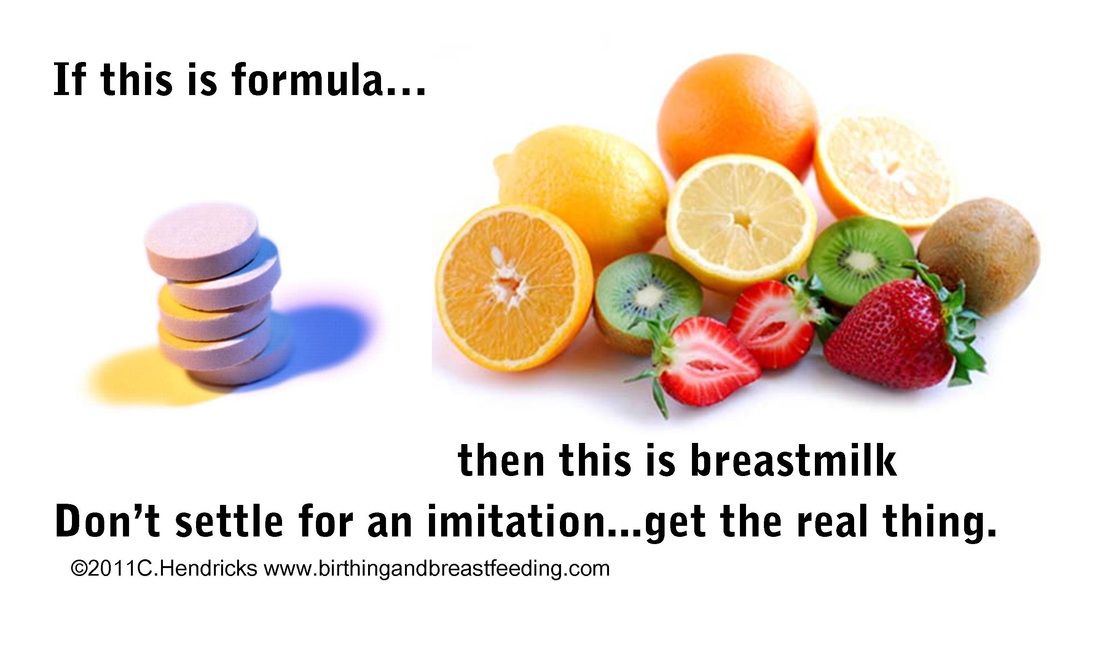
Although the American Academy of Pediatrics and the World Health Organization both recommend exclusive breastfeeding for the first 6 months of a child's life, parents know that this is not always possible or advisable.
This uncompromising expectation can eventually exhaust breastfeeding and force mothers to stop smoking prematurely.
In fact, one small study found that early use of restricted formula combined with breastfeeding for newborns who were losing weight while still in the hospital did not adversely affect breastfeeding and actually reduced readmission rates.
So yes, exclusive breastfeeding is ideal, but if your reality suggests it's not possible, formula boasts the vitamins, minerals, carbohydrates, fats, and proteins an infant needs to survive and thrive.
The formula can offer an option that meets nutritional needs and also allows breastfeeding mothers to consider and adapt to their own needs.
When it comes to breastfeeding, it shouldn't be an all or nothing experience.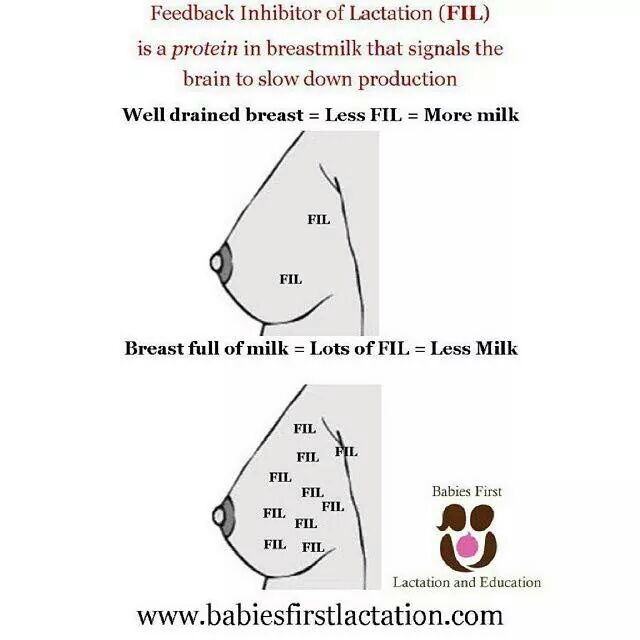
If you feel overwhelmed, overtired, or simply overwhelmed, consider supplementing with formula to continue breastfeeding.
While breastfeeding is definitely encouraged, remember that breastfeeding is better than nothing and you can find a middle ground that works for you and your family.
Combination feeding involves the use of breast milk for some feedings and formula for others. It still gives you and your baby the amazing health benefits of breastfeeding, but offers an alternative when medical or life circumstances make exclusive breastfeeding impossible.
It's a good idea to research or work with a doctor or lactation consultant before you start adding formula to your baby's diet. They can help you determine how much formula to give at each feed or within 24 hours.
Small tummies take more time and effort to digest formula, so they often need less than you expect.
Gradually adjusting your breastfeeding sessions as you begin adding formula to your feeding plans will help you and your baby transition more easily from exclusive breastfeeding to combination feeding.
It might make sense to try combination feeding if:
You are not producing enough milk
If you are struggling to produce enough milk to satisfy your adorable but ravenously hungry baby, you can naturally increase his milk production by drinking by eating well and expressing milk regularly.
However, sometimes, despite the mother's best efforts, her production cannot meet the needs of the child. Hormonal changes, previous breast surgery, certain medications, and even age can all contribute to eating problems.
You are a mother of many children
Lack of milk can also affect mothers of twins or twins. Satisfying the demands of two or more babies can leave you feeling drained and exhausted, even if your little ones remain hungry.
Combination feeding may be the solution you are looking for. Whatever routine you set up, give it time - you and your twins will adjust.
You need more sleep (and a break)
New parents are heroes.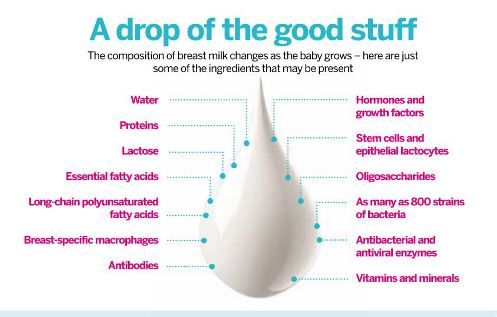 But you know what else is heroic? Ask for help.
But you know what else is heroic? Ask for help.
If your partner bottle feeds your baby, it can give you the big chunk of Zzz you so desperately need.
If you can't get help at night, consider giving your baby a small amount of formula before bed to keep his tummy full longer.
you're going back to work
If you can't or don't want to juggle pump parts, consider formula feeding. For example, you can breastfeed in the morning and evening, and in between, ask your nurse to give you formula.
Your milk will take time to adjust to these changes, so don't stop pumping during the day. Also, remember that your baby may be having a reverse cycle and want to breastfeed more often when you are at home.
Can I mix breast milk and formula in the same bottle?
If you're wondering if you can mix breast milk and formula in the same bottle, the answer is yes!
However, it is important to follow some safety rules.
Prepare your formula first
If you are using a powdered or concentrated formula, you must first prepare it according to the instructions, making sure to add the correct amount of distilled or safe drinking water.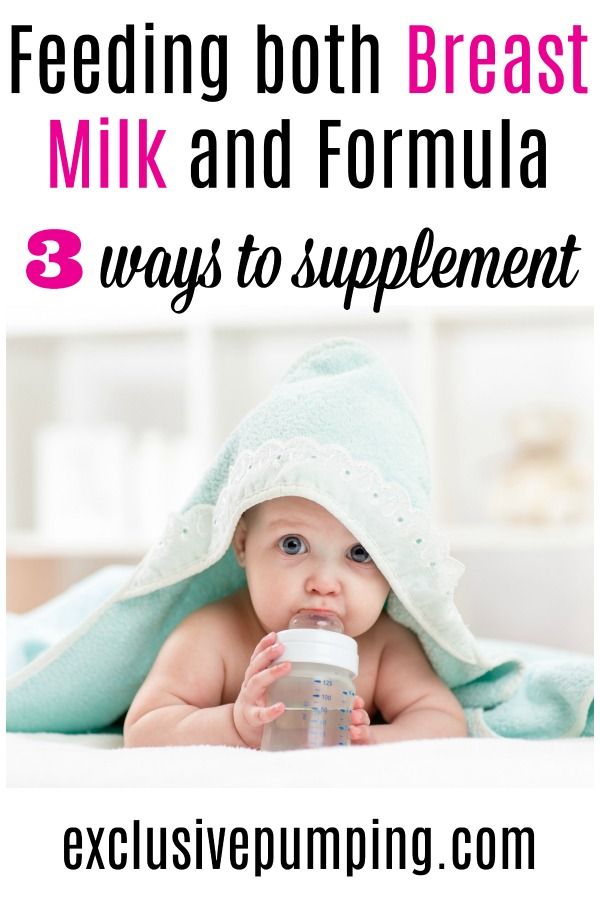
After you have properly mixed formula and water, you can add breast milk.
Please note that you should never use breast milk in place of water when preparing formula. Maintaining the correct ratio of water to formula and then adding breast milk separately will ensure that you do not alter the nutritional content of the formula.
Adding too much water to formula can dilute the nutrients, and adding too little water can put a strain on the baby's kidneys and digestive tract, causing dehydration. In extreme cases, it can also lead to neurological problems.
If you are using ready-to-use liquid formula, no further steps need to be taken before mixing with breast milk.
Ensure safe storage and disposal of breast milk and formula
There are different rules for the storage, use and disposal of breast milk and infant formula.
Breast milk can be frozen in a food grade plastic container for up to 6 months. Once thawed, it can stay in the refrigerator for up to 24 hours.
Freshly expressed breast milk can be stored in the back of the refrigerator for up to 5 days or in an insulated refrigerator for up to 24 hours.
Open container of liquid formula should be stored in the refrigerator and used within 48 hours. However, if you have formula bottles ready, they should be used within 1 day. Similarly, a refrigerated bottle of formula mixed with breast milk should be used or discarded within 24 hours.
While a room temperature breast milk bottle is good for up to 5 hours, a bottle of formula or breast milk mixed with formula should be discarded 1 hour after use.
Bacteria multiply rapidly in cow's milk products, so do not attempt to store partially used formula or a bottle of formula and breast milk in the refrigerator for more than 60 minutes.
Benefits and risks
What are the benefits?
Mixing breast milk and formula in one bottle can make feeding times more convenient.
This combination feeding method has other advantages:
- The baby can get used to the taste faster.
 If your picky little love is used to your breast milk, she may turn up her nose at the taste of formula at first. By mixing them together, they can quickly become accustomed to this unfamiliar taste.
If your picky little love is used to your breast milk, she may turn up her nose at the taste of formula at first. By mixing them together, they can quickly become accustomed to this unfamiliar taste. - The child can sleep longer. The baby's body takes longer to process the formula, so he may have longer periods between feedings if you use breast milk and formula at the same time.
What are the risks?
There are some potential downsides and even a few risks of mixing breast milk and formula in the same bottle. Keep the consequences in mind so you can make an informed decision.
You may be wasting breast milk
Many may cringe at the thought of mixing breast milk and formula in the same bottle, fearing that some of this hard-earned precious "liquid gold" may be wasted.
No mom wants her pumping to go to waste, so if your baby usually doesn't finish her bottle, consider breastfeeding first and then offering a separate bottle of formula if she still seems hungry.